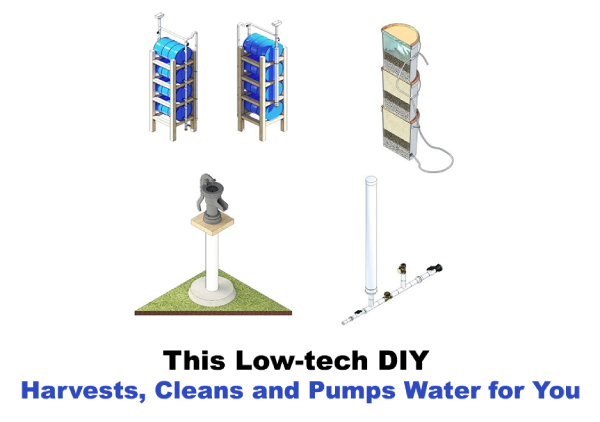
Hopefully, you are now aware that it is important to have emergency food storage in order to be prepared for various disasters such as hurricanes, earthquakes, EMP incidents, or even personal setbacks like unemployment.
For emergency preparedness, it is crucial to have a minimum supply of thirty days’ worth of food and an equivalent amount of water.
While it may appear easy to obtain emergency food supplies for a month, it is advisable to avoid impulsively purchasing a large quantity of canned soup, cracker boxes, and grains in bulk.
It is essential to have a plan when engaging in disaster prepping.
Without proper planning and consideration of what to acquire and how to utilize it, the aftermath of a disaster may result in acquiring numerous food items that are rendered unusable.
The Two Types of Emergency Foods to Store
When it comes to stockpiling survival foods, there exist numerous varieties. To ensure you have enough provisions for a 30-day emergency situation, these can be categorized into two types.
- Foods that don’t require cooking
- Foods that require cooking
In order to ensure complete readiness, it is advisable to incorporate a mix of emergency food varieties.
Emergency Foods That Don’t Require Cooking
In your nearby grocery store, there are numerous options for readily consumable emergency foods. Storing these items proves advantageous due to their convenience. Imagine your family in your basement during a raging hurricane, effortlessly enjoying granola bars and canned soup.
You can simply open the packaging and start eating without cooking, preparing, or even cleaning plates.
It is important to have readily available emergency foods as it may not always be safe to cook following a disaster. Cooking with an open flame, such as after an earthquake, is strongly advised against due to the potential explosion caused by broken gas lines. Therefore, it is advisable to have non-cook foods in such situations.




